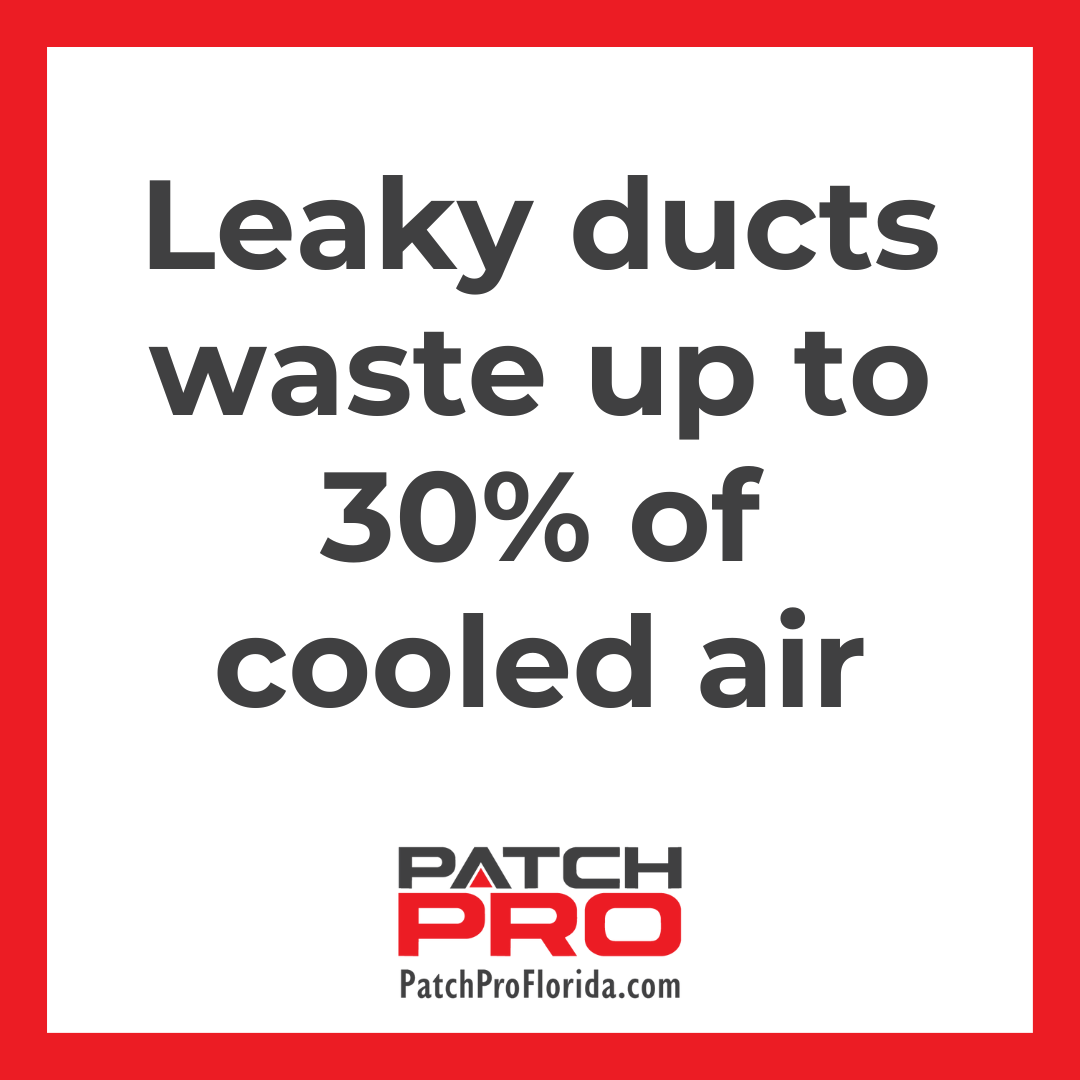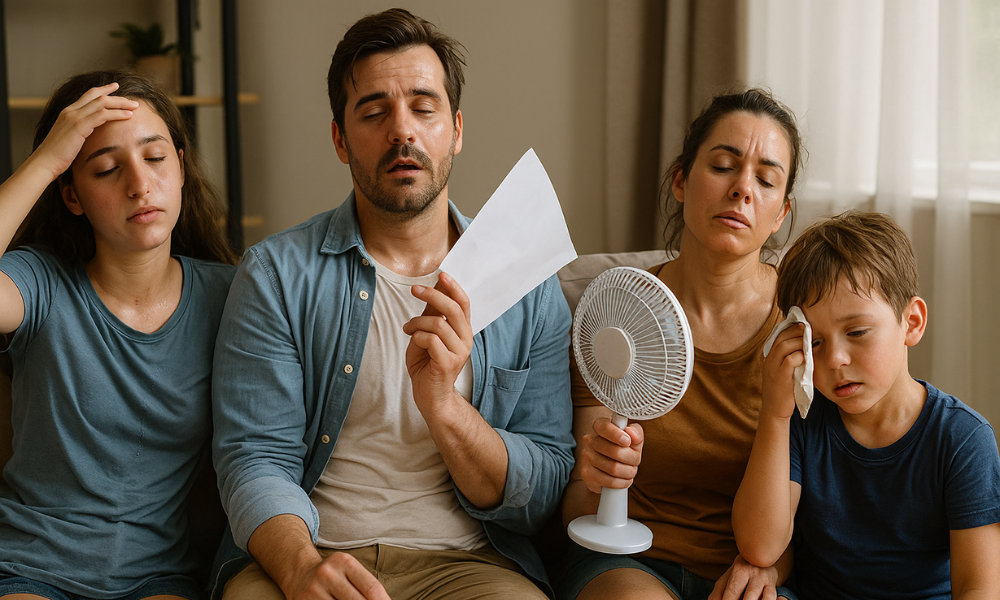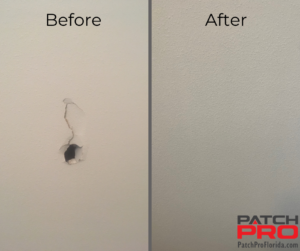Florida homeowners face high utility bills each summer. The state’s humid climate and long cooling season drive energy demand. According to the U.S. Energy Information Administration, air conditioning accounts for nearly 50% of household energy use in warm climates. In this guide, we share practical strategies to reduce cooling costs and boost comfort without sacrificing performance.
1. Upgrade to a High-Efficiency AC Unit
Older air conditioners lose efficiency over time. Units rated below SEER 13 consume significantly more electricity. Investing in a SEER 16 or higher system can cut cooling costs by up to 20%. A new unit typically costs $3,000 to $7,000, but energy savings often recoup that investment within five years. To maximize performance, schedule professional tune-ups twice a year and clean condenser coils regularly. Proper sizing and installation by a certified technician ensure optimal efficiency and lifespan.
2. Seal Ducts and Insulate Properly
 Leaky ducts waste up to 30% of cooled air. Sealing gaps with mastic tape and insulating ducts in uncooled spaces prevents energy loss and improves airflow. Adding attic insulation with an R-value of 30 or higher cuts heat transfer through your roof, lowering indoor temperatures by several degrees and reducing AC runtimes. Make it a habit to inspect ductwork seasonally for leaks, disconnections, or loose joints to maintain peak system efficiency.
Leaky ducts waste up to 30% of cooled air. Sealing gaps with mastic tape and insulating ducts in uncooled spaces prevents energy loss and improves airflow. Adding attic insulation with an R-value of 30 or higher cuts heat transfer through your roof, lowering indoor temperatures by several degrees and reducing AC runtimes. Make it a habit to inspect ductwork seasonally for leaks, disconnections, or loose joints to maintain peak system efficiency.
3. Use Smart Thermostats and Scheduling
Smart thermostats learn your routines and automatically adjust temperatures. You can program weekday and weekend schedules for maximum savings. Raising the setpoint by 5ºF while you’re away saves about 3% of cooling energy per degree. Over a summer, that adds up to as much as $150 in annual savings. Many models also provide energy‐use reports and remote control via smartphone. Integrating with voice assistants makes adjustments effortless, even when you’re not at home.
4. Optimize Ceiling Fans and Ventilation
Ceiling fans boost comfort by creating a wind‐chill effect. When blades rotate counterclockwise, they push cool air down. That allows you to raise the thermostat by 4ºF without feeling warmer. During cooler evenings, open windows and run fans to flush out hot air. You’ll improve indoor air quality and reduce reliance on AC. For best results, use fans only when people are in the room. Turn them off when you leave to save energy.
5. Invest in Window Treatments and Reflective Films
Windows can account for up to 25% of heat gain in summer. Applying reflective solar film blocks infrared rays and UV damage. Complement films with heavy curtains, cellular shades, or blackout blinds to further reduce heat. A $200 investment in high-quality treatments can cut cooling bills by 10%. Installing exterior awnings or shade screens also adds protection. During peak sun hours, close blinds and curtains to trap cooler indoor air, reducing AC runtime.
6. Maintain Your System Regularly
Clean filters every 1–3 months to ensure proper airflow. Clogged filters force your AC to work harder, wasting energy. Wipe down evaporator and condenser coils yearly to remove dust buildup. Check refrigerant levels and inspect wiring annually to ensure optimal performance. Well-maintained systems operate 5–10% more efficiently and last several years longer. Keep the outdoor unit clear of leaves and debris. When unexpected noises or odors occur, call a technician immediately to prevent major breakdowns.
7. Landscape for Shade and Insulation
Strategic planting of trees and shrubs cuts solar heat gain on walls and your roof. Shade trees on the west and south sides can lower cooling costs by 10–15%. Utilize native, drought-tolerant species, such as live oaks or sabal palms, to minimize maintenance and irrigation requirements. Install vines or trellises on sun-exposed walls for extra insulation. Properly placed greenery not only improves curb appeal but also provides a wildlife habitat—all while keeping your home naturally cooler.
8. Upgrade Lighting and Appliances
Incandescent bulbs convert approximately 90% of the energy they consume into heat. Switching to LEDs slashes lighting costs by up to 80% and cuts heat production. Replace old refrigerators, washers, and dryers with ENERGY STAR models, which use 10–20% less energy. Look for high Energy Efficiency Ratios (EER) on window units and dehumidifiers. Unplug small appliances and chargers when not in use to eliminate phantom loads—these simple swaps lower both your energy bills and indoor temperatures.
9. Seal Air Leaks Around Doors and Windows
Even the most minor gaps allow hot air to infiltrate your home. Use adhesive weatherstripping around door jambs and foam tape in window sashes. Caulk cracks and gaps with paintable silicone to create an airtight seal. Materials cost under $50 but yield 5–10% in cooling savings. Don’t forget to seal around piping, electrical outlets, and attic hatches. A quick inspection with a lit candle or incense stick helps you spot hidden drafts before they increase your AC’s runtime.
10. Monitor and Adjust Daily Practices
Small daily habits add up to significant savings. Close blinds or curtains before peak sun hours to block heat. Cook outdoors, use your microwave, or run your dishwasher in the cooler morning or late evening to avoid extra heat indoors. Set your thermostat a few degrees higher when sleeping and use fans to stay comfortable. Check your utility’s time‐of‐use rates and shift high-energy tasks to off-peak hours. Tracking these adjustments regularly can shave 5–15% off your summer energy bills.
Final Tips for Florida Homeowners
Implementing multiple strategies delivers optimal savings and comfort. Combining efficient cooling systems, smart thermostat scheduling, and proper insulation can slash energy bills by 20–30%. Regularly monitoring usage through your utility’s online portal highlights high‐consumption patterns you can correct immediately. Incorporate small daily habits, such as closing blinds during peak heat, running major appliances during off-peak hours, and ensuring vents remain clear, to maximize efficiency and cut costs even further.
When performance issues or unexpected spikes occur, consult a licensed HVAC professional for assistance. Expert evaluations ensure systems run at peak performance and uncover hidden problems before they become costly repairs. Professional guidance also helps prioritize essential upgrades, extend the lifespan of equipment, and safeguard your home against cooling emergencies.



You must be logged in to post a comment.